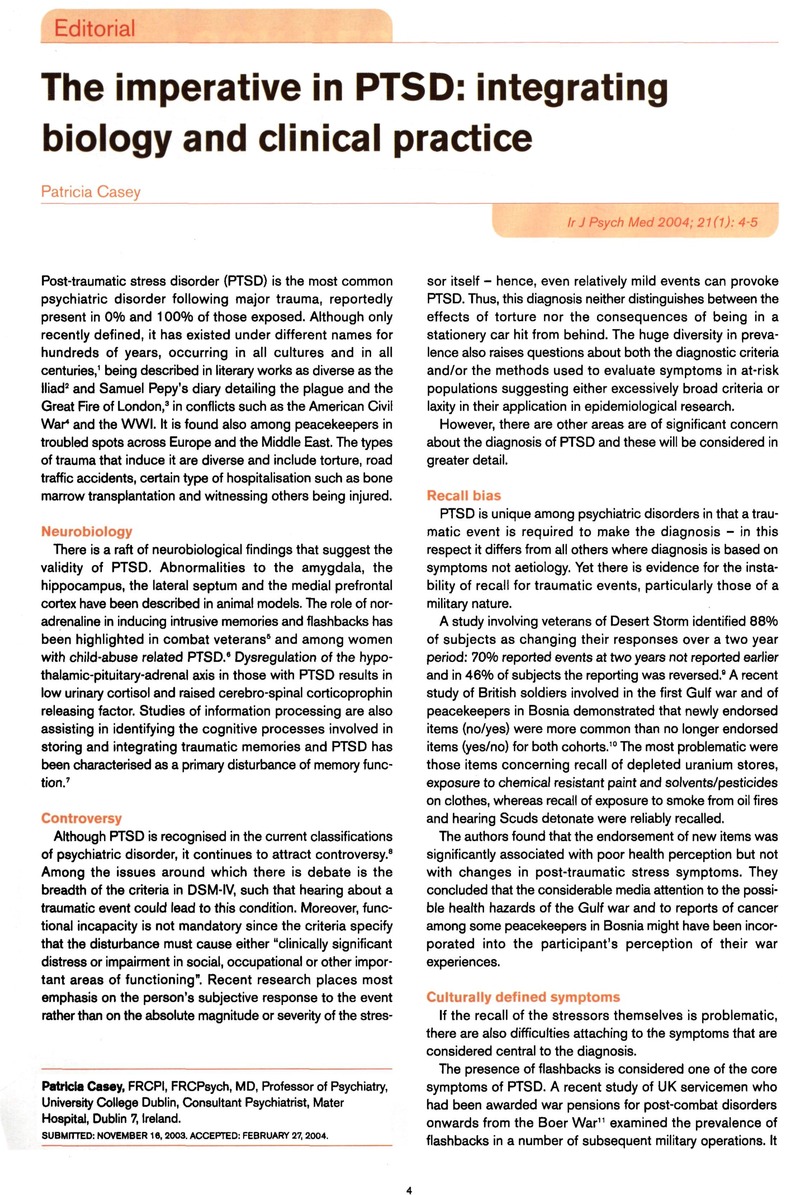Crossref Citations
This article has been cited by the following publications. This list is generated based on data provided by Crossref.
Dorahy, Martin J
and
Lewis, Christopher Alan
2006.
Absence of dissociative disorders in Irish journals.
Irish Journal of Psychological Medicine,
Vol. 23,
Issue. 1,
p.
38.



